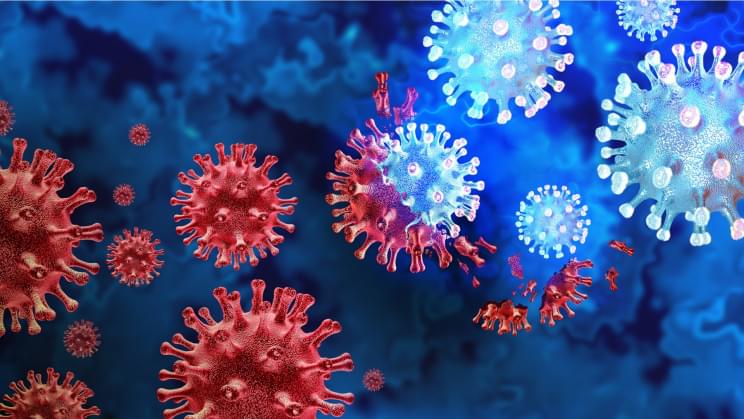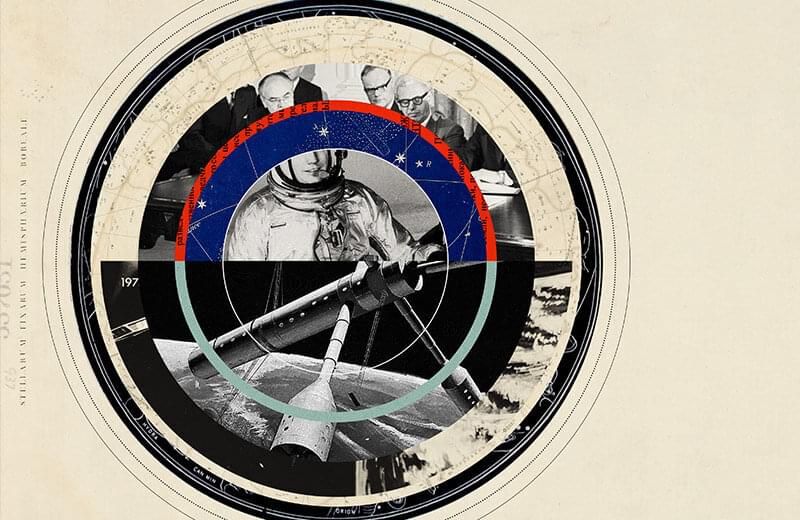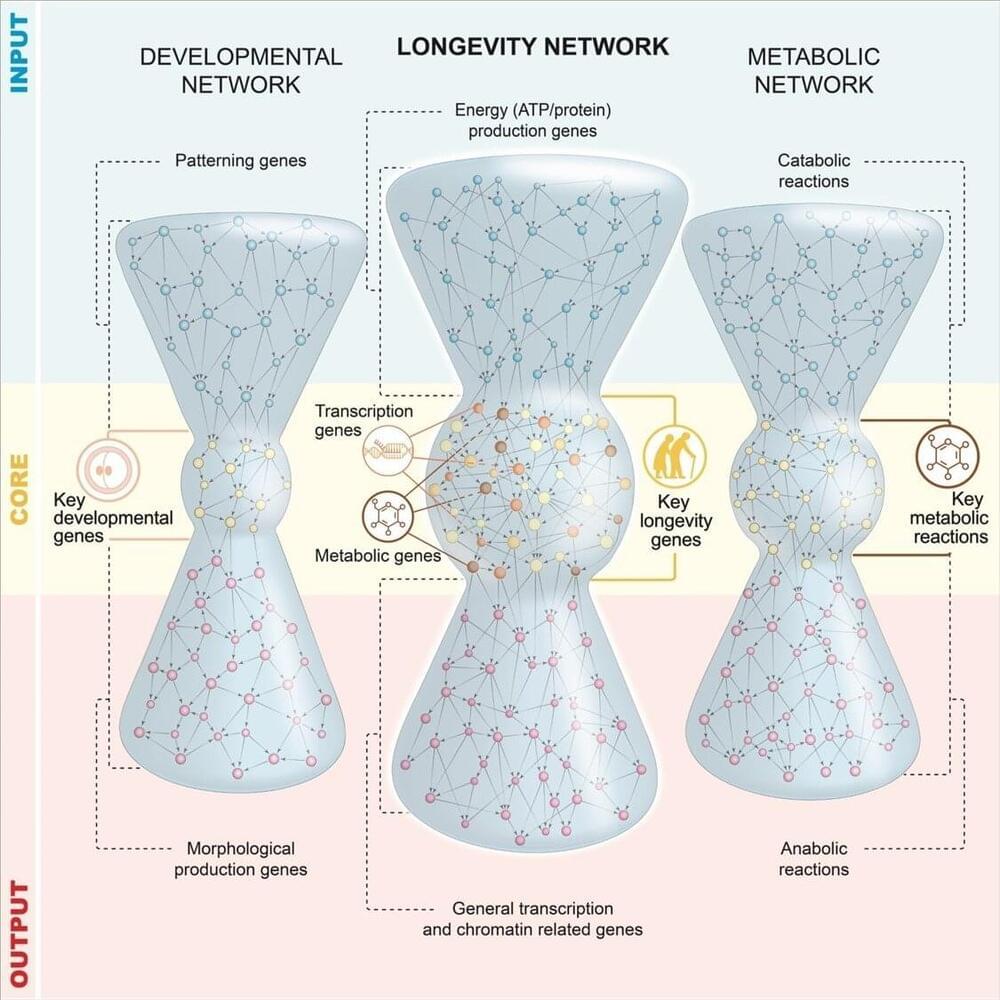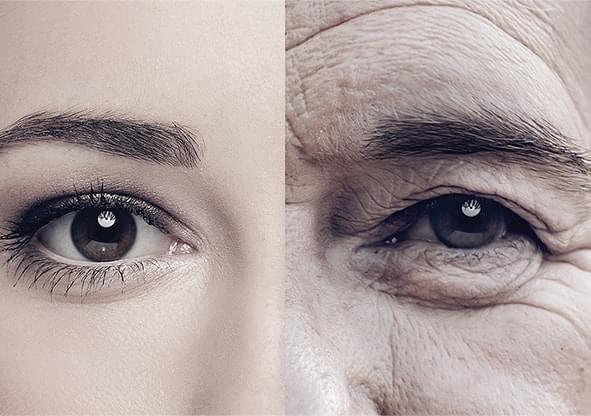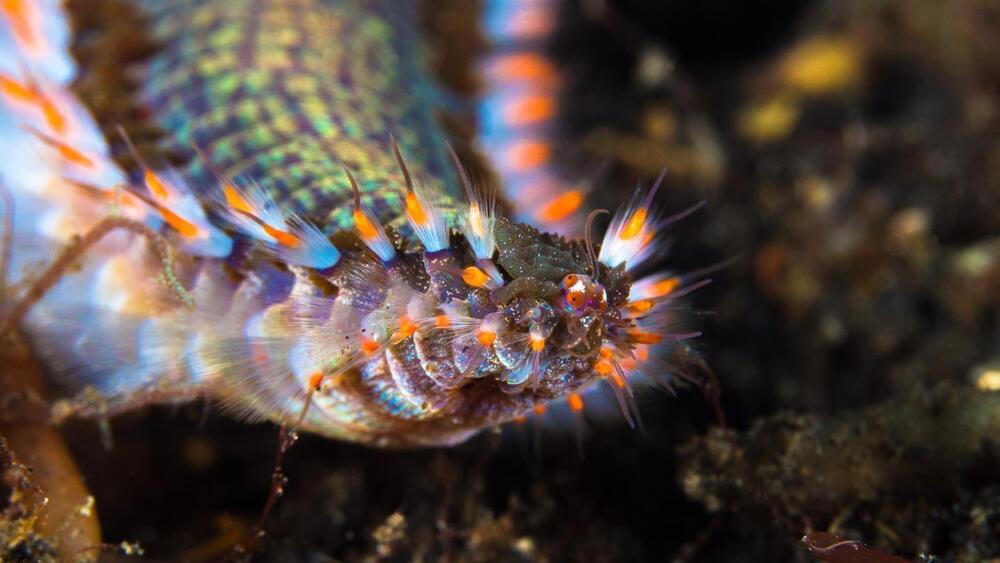Now, Future Meat Technologies have announced that they have managed to produce cultivated chicken breast for just $7.70 per pound, (or $1.70 per 110-gram of chicken breast) down from under $18 per pound just six months ago. The move could soon see lab-grown meat making the rounds on supermarkets everywhere.
The firm also announced that it had raised $347 million in a Series B round of financing, meaning it will have plenty of money to continue on its mission to bring lab-grown meat to the masses.
“We are incredibly excited by the massive support of our global network of strategic and financial investors,” said in a statement Professor Yaakov Nahmias, founder and president of Future Meat. “This financing consolidates Future Meat’s position as the leading player in the cultivated meat industry, just three years after our launch. Our singular technology reduced production costs faster than anyone thought possible, paving the way for a massive expansion of operations. Our team will break ground on the first-of-its-kind, large-scale production facility in the United States in 2022.”

